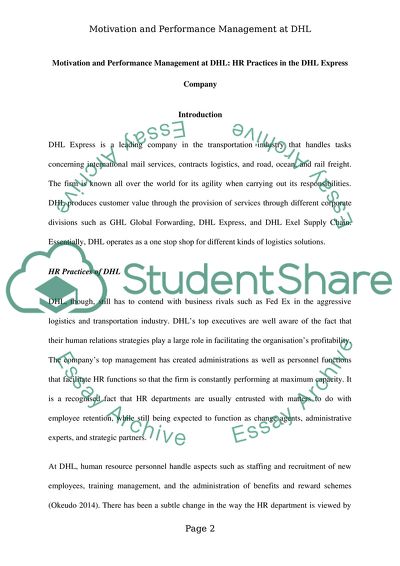Cite this document
(Motivation and Perfomance Management at DHL Essay, n.d.)
Motivation and Perfomance Management at DHL Essay. https://studentshare.org/human-resources/1847307-motivation-and-perfomance-management-at-dhl
Motivation and Perfomance Management at DHL Essay. https://studentshare.org/human-resources/1847307-motivation-and-perfomance-management-at-dhl
(Motivation and Perfomance Management at DHL Essay)
Motivation and Perfomance Management at DHL Essay. https://studentshare.org/human-resources/1847307-motivation-and-perfomance-management-at-dhl.
Motivation and Perfomance Management at DHL Essay. https://studentshare.org/human-resources/1847307-motivation-and-perfomance-management-at-dhl.
“Motivation and Perfomance Management at DHL Essay”. https://studentshare.org/human-resources/1847307-motivation-and-perfomance-management-at-dhl.


